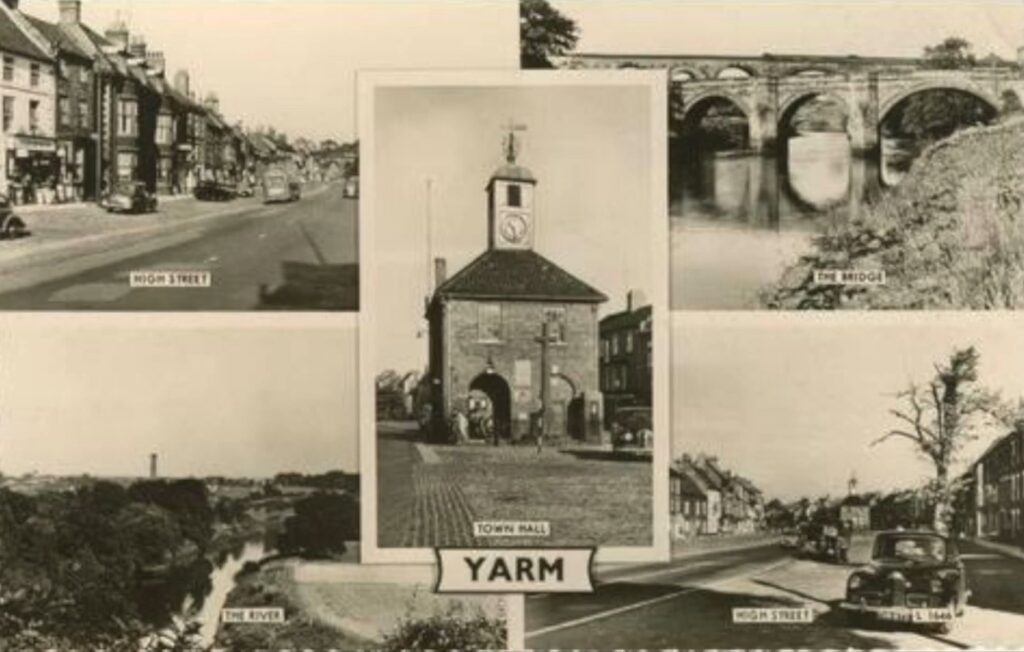Yarm, North Yorkshire, England is a charming market town that has been home to a diverse and dynamic population for centuries. From its early days as a Roman fort to its current position as a popular residential area, Yarm has seen its fair share of changes in demographics over the years. In this article, we will take a comprehensive look at the demographics of Yarm, including its population size, age structure, gender ratio, ethnic and racial diversity, and more.

Population Size and Growth
According to the latest census data from 2011, the population of Yarm was 8,363. This represents a significant increase from the population of 7,143 recorded in the previous census in 2001. Yarm’s population growth can be attributed to a number of factors, including its position as a commuter town for nearby cities like Middlesbrough and Stockton-on-Tees, as well as its popularity as a tourist destination.
Age Structure
Yarm has a relatively young population, with a median age of 39.6 years. The largest age group in Yarm is the 30-44 year old age range, which represents 27.3% of the population. The 45-59 year old age range is the second largest, accounting for 23.8% of the population. Yarm has a lower proportion of older residents compared to the national average, with just 18.7% of the population aged 65 and over.
Gender Ratio
Yarm has a fairly balanced gender ratio, with slightly more females than males. According to the 2011 census, the female population of Yarm was 52.3%, while the male population was 47.7%.
Ethnic and Racial Diversity
Yarm has a relatively homogeneous population in terms of ethnic and racial diversity. According to the 2011 census, 97.3% of Yarm’s population identified as White British. The remaining 2.7% of the population identified as a variety of other ethnic groups, including Asian, Black, and Mixed.
Socioeconomic Status
Yarm has a relatively affluent population, with a higher proportion of residents in professional and managerial occupations compared to the national average. According to the 2011 census, 43.2% of Yarm’s population was employed in professional and managerial occupations, compared to the national average of 29.2%. The town also has a lower proportion of residents in routine and manual occupations compared to the national average.
Family and Household Structure
Yarm has a higher proportion of married residents compared to the national average, with 56.9% of residents aged 16 and over being married or in a civil partnership. The town also has a lower proportion of single-person households compared to the national average, with just 24.5% of households consisting of a single person. The most common household type in Yarm is a couple with no children, which represents 33.7% of all households.
Migration and Immigration
Yarm has seen a significant amount of migration and immigration over the years, which has contributed to its diverse population. According to the 2011 census, 16.5% of Yarm’s population were born outside of the United Kingdom. The most common countries of birth for foreign-born residents were India, Poland, and Ireland.
Future Projections
The population of Yarm is expected to continue to grow in the coming years, as the town remains a popular destination for both residents and tourists. The Office for National Statistics predicts that the population of Yarm will reach 9,200 by 2021, an increase of 10.1% from the 2011 census.
Yarm’s demographics are reflective of its position as a thriving market town that has seen significant growth over the years. While the town has a relatively young population and a balanced gender ratio, it lacks ethnic and racial diversity compared to other areas of the country. Yarm also has a relatively affluent population, with a higher proportion of residents in professional and managerial occupations compared to the national average. These factors, along with its popularity as a commuter town and tourist destination, have contributed to the town’s growth and changing demographics.
